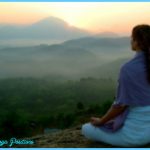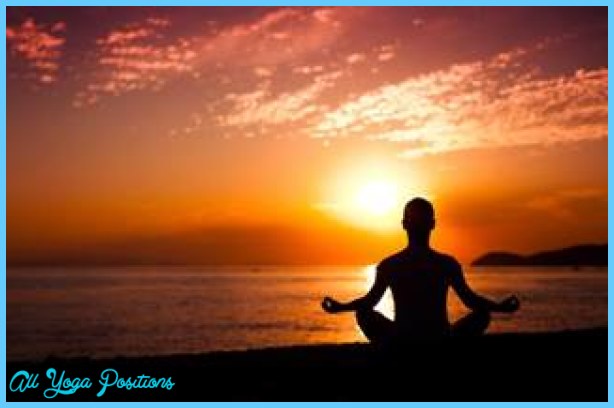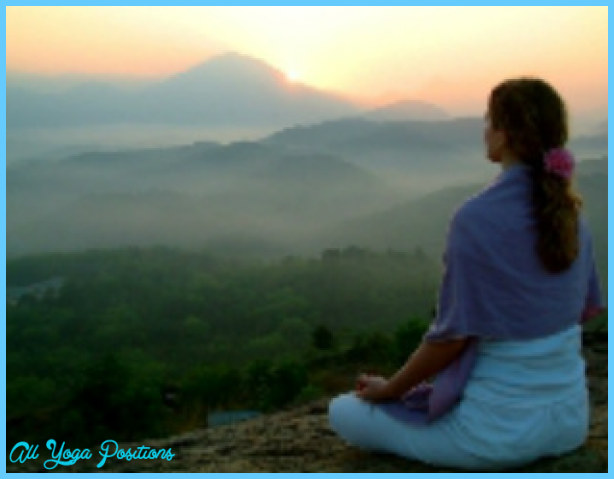All through this book I shall be talking about the relaxation response. This is a sort of shorthand phrase to describe the many changes in the body’s functioning that are brought about by learning to relax. Stress and tension produce secondary effects on the body, and the fact is that the body would not perform at all well in a stressful state without these physiological changes; they redistribute our life’s blood and prime our whole neuro-muscular system for action. The relaxation response is characterized by its own physiology too. The heart rate slows, the blood pressure falls, the metabolic function of the body switches into low gear-all the cells in the body become less responsive to the stress hormones that constantly circulate and prime it. In other words, homeostasis takes over.
The importance of learning to relax has been realized by man, perhaps subconsciously, from the earliest of times. Often in the past the method used was surrounded by ritual and acted out from complex codes. But now we have broken the code and can examine the facts about relaxation techniques in a fair amount of detail. We can even choose the type of relaxation training which is best suited to us.
Much of the early deciphering of relaxation techniques was done at Harvard University’s Medical School by Professor Herbert Benson and his team. As a result of painstaking research, four basic components have been separated which, when combined and properly blended to suit the individual, bring about the much desired and therapeutic relaxation response. These four components must be uppermost in your mind whenever you settle yourself to relax.
1. Body position and clothing
The first component is to assume a comfortable and sometimes specific or naturalistic body position. This is not a sleep-inducing position. It can range widely -from lying on the floor to sitting in a chair – and should be closely tailored to the individual. It should match his or her age and personality, and take into consideration any personal preferences, quirks or even disabilities.
Wearing loose and comfortable clothing will also help you to programme yourself towards learning the relaxation response.




